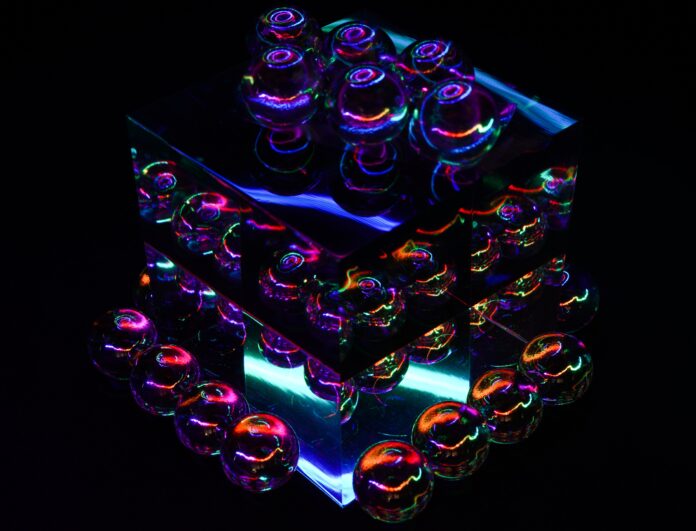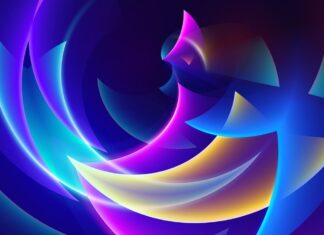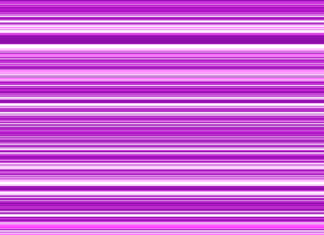Lottie Animation is a powerful tool that has revolutionized the way animations are implemented in modern applications and websites. With its lightweight, scalable, and cross-platform capabilities, Lottie Animation has become an indispensable asset for designers and developers alike. In this comprehensive guide, we will explore Lottie Animation in detail, covering its history, functionality, benefits, and various use cases.
Lottie Animation, developed by Airbnb, is an open-source animation file format that allows designers to create complex animations using Adobe After Effects and export them as JSON files. These animations can then be easily integrated into applications and websites using Lottie, a library that renders the animations natively on both iOS and Android platforms. Lottie Animation provides a seamless and consistent experience across different devices and screen sizes, ensuring that animations look and feel the same for all users.
One of the key advantages of Lottie Animation is its compact file size. The JSON files generated by After Effects are incredibly small compared to traditional animation formats like GIF or video files. This makes Lottie Animation ideal for mobile applications where minimizing app size and optimizing performance are crucial. Additionally, Lottie Animation files can be compressed further using techniques like gzip, reducing the file size even more without compromising the quality of the animation.
Lottie Animation offers a wide range of features and capabilities that make it a versatile tool for designers and developers. It supports a variety of animation types, including shape morphing, position and rotation transformations, opacity and color changes, and more. Lottie also supports masks and mattes, allowing for advanced effects and compositing. Moreover, Lottie Animation supports expressions, which enables the creation of dynamic animations by linking animation properties to variables or formulas.
Another significant advantage of Lottie Animation is its platform-agnostic nature. It can be used in both native and web applications, making it a flexible choice for developers working on different platforms. Lottie is available as a library for popular platforms such as iOS, Android, React Native, Web, and Xamarin. This cross-platform compatibility ensures that animations created with Lottie can be easily integrated into various projects without the need for platform-specific implementations.
Implementing Lottie Animation in an application or website is straightforward. Once the JSON animation file is created in After Effects and exported, it can be loaded into the application using the Lottie library. The library then parses the JSON file and renders the animation natively, providing a smooth and efficient animation playback. Lottie Animation also offers extensive customization options, allowing developers to control aspects such as animation speed, looping behavior, and interaction with user input.
The benefits of using Lottie Animation are numerous. Firstly, it enhances the user experience by adding visually appealing and interactive animations to applications and websites. Animations created with Lottie can communicate information, guide users through processes, and provide delightful interactions, ultimately making the user interface more engaging and intuitive. Additionally, Lottie Animation simplifies the animation workflow by enabling designers to create complex animations directly in After Effects, leveraging the familiar tools and features of the software.
Lottie Animation has gained significant popularity in various industries and has been widely adopted by prominent companies and organizations. It has become a go-to choice for creating animations in mobile applications, especially in e-commerce, entertainment, and social media platforms. Companies like Google, Uber, Netflix, and TikTok have embraced Lottie Animation to enhance their user interfaces and deliver captivating user experiences. With its extensive community support and active development, Lottie Animation continues to evolve, introducing new features and improvements regularly.
Lottie Animation has revolutionized the way animations are implemented in modern applications and websites. Its lightweight file size, cross-platform compatibility, and extensive feature set make it a powerful tool for designers and developers. By enabling the creation of visually stunning and interactive animations, Lottie Animation enhances user experiences and simplifies the animation workflow. With its growing popularity and adoption, Lottie Animation is set to play a significant role in the future of digital design and development.
Furthermore, Lottie Animation offers additional benefits that contribute to its widespread adoption and appeal. One of these benefits is its support for interactivity and dynamic animations. With Lottie Animation, developers can create animations that respond to user input, such as tap gestures or swipe actions. This capability opens up a new realm of possibilities for creating engaging user interfaces and immersive experiences. By combining Lottie Animation with user interaction, designers can create animated buttons, interactive infographics, and captivating onboarding experiences that guide users through the application or website.
Another advantage of Lottie Animation is its ability to be easily integrated into existing development workflows. Designers can seamlessly collaborate with developers by providing them with the JSON animation files created in After Effects. This eliminates the need for time-consuming and error-prone manual translation of design specifications into code. Developers can then leverage the power of Lottie by integrating the animation files into the application or website using the appropriate Lottie library for their chosen platform. This streamlined workflow improves efficiency and allows for faster iteration and prototyping.
Lottie Animation also empowers designers and developers to create animations that are consistent with their brand identity. By using custom vector graphics and assets, designers can maintain visual consistency throughout the application or website. Lottie Animation supports vector-based animations, which ensures that the animations are resolution-independent and scalable to any screen size without loss of quality. This is particularly important in the era of responsive design, where applications and websites need to adapt to various devices and orientations seamlessly.
Additionally, Lottie Animation provides a high level of control and flexibility over animation playback. Developers can programmatically control the animation speed, direction, and looping behavior to match the desired user experience. This flexibility enables the creation of smooth and nuanced animations that convey information effectively and enhance the overall user interface. Lottie also supports timeline markers, allowing developers to trigger specific actions or events at specific points in the animation timeline, further expanding the possibilities for interactivity and dynamic behavior.
The Lottie Animation ecosystem has grown significantly since its introduction, with a vibrant community contributing to its development and expanding its capabilities. The open-source nature of Lottie Animation encourages collaboration and innovation, with designers and developers sharing their creations, tips, and tricks. This community-driven approach has led to the development of various plugins, tools, and resources that enhance the Lottie Animation workflow. From animation libraries to online marketplaces offering pre-built Lottie Animation files, designers and developers have access to a rich ecosystem that supports and enhances their animation projects.
Despite its many advantages, Lottie Animation does have some limitations that should be considered. As Lottie renders animations natively, the complexity of the animations and the capabilities of the target platform can impact performance. Very complex animations or animations with numerous layers and effects may require more processing power and memory, which can affect the overall performance of the application or website, especially on low-end devices. Therefore, it’s essential to optimize animations and consider the target platform’s capabilities to ensure smooth animation playback.
Another limitation of Lottie Animation is its reliance on After Effects for animation creation. While After Effects is a powerful tool for animation design, it does require a learning curve and an understanding of the software’s capabilities. Designers who are not familiar with After Effects may need to invest time and effort into learning the software or collaborate closely with animators or motion designers to create animations suitable for Lottie Animation. However, with the availability of tutorials and resources, designers can quickly acquire the necessary skills to create animations using After Effects.
In conclusion, Lottie Animation has revolutionized the animation landscape by offering a lightweight, scalable, and cross-platform solution for integrating complex animations into applications and websites. Its compact file size, platform-agnostic nature, and extensive feature set have made it a popular choice among designers and developers. With its ability to enhance user experiences, simplify animation workflows, and foster interactivity, Lottie Animation has become a valuable tool in various industries. While it has some limitations, the growing community support and continuous development ensure that Lottie Animation will continue to evolve and play a significant role in the future of digital design and development.






















